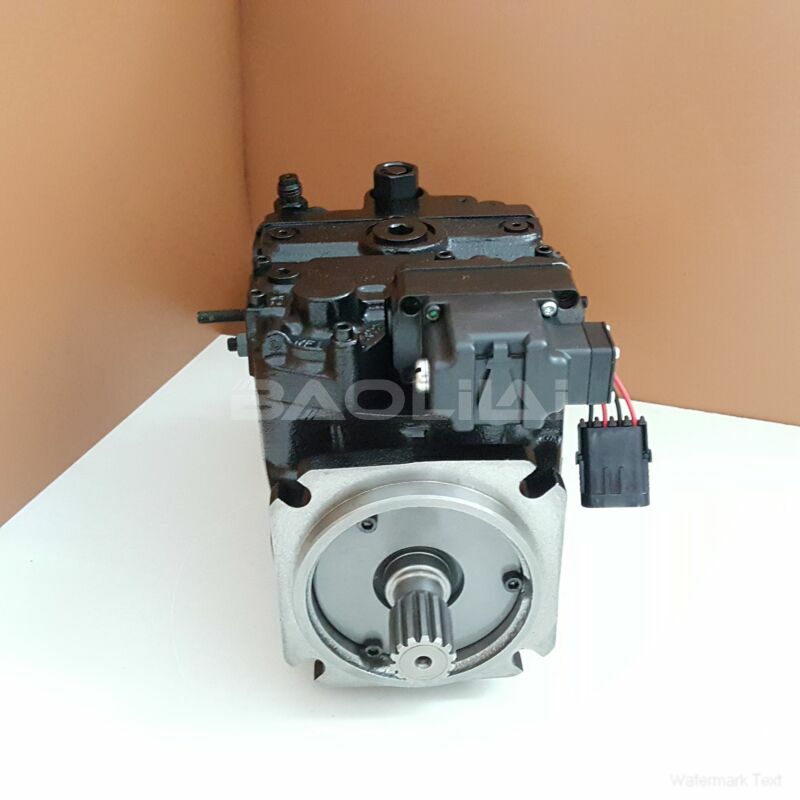90R075KA5CD80S3C7E03GBA424224 hydraulic pump
90R075KA5CD80S3C7E03GBA424224 hydraulic pump

- Product Details
- Applicable Scene
Plunger pumps play a vital role in fluid-based power systems, delivering high pressure and efficient fluid transfer for various applications. Whether employed in industrial machinery, hydraulic systems, or any other context requiring reliable fluid movement, understanding how to optimize their operation can enhance performance and longevity. This article outlines best practices for ensuring reliable operation of plunger pumps.
90R075-KA-5-CD-80-S-3-C7-E-03-GBA-42-42-24
90R075KA5CD80S3C7E03GBA424224
One of the foundational best practices is regular maintenance. Like any mechanical system, plunger pumps require periodic inspection and servicing to prevent breakdowns and ensure smooth operation. Operators should establish a routine maintenance schedule that includes checking for wear and tear on critical components such as plungers, packing seals, and valves. This routine should also involve inspecting fluid levels, cleanliness, and quality, as contaminated or incorrect fluids can lead to significant damage.

702140
Proper installation is equally critical. Plunger pumps must be installed according to manufacturer specifications, including alignment and mounting conditions. Any misalignment can lead to inefficiencies and excessive wear. Additionally, the pump’s suction and discharge lines should be designed to minimize restrictions and turbulence, which can adversely affect performance. Always refer to the manufacturer’s guidelines for correct installation practices.
Another key consideration is the selection of appropriate fluids. The fluid used in a plunger pump significantly affects its operation. Operators should select fluids that are compatible with the pump materials to prevent corrosion and premature failure. Additionally, fluid viscosity and temperature should be closely monitored, as variations can impact flow rates and pressure output. Regularly testing and replacing fluids is essential to maintain optimal performance.
Controlling operating conditions is also essential for reliable pump performance. Plunger pumps should be operated within their designed pressure and flow specifications. Exceeding these limits can lead to catastrophic failure. Operators should also implement pressure relief systems to prevent overpressure situations. Monitoring system parameters in real time can help detect anomalies early and prevent damage.





